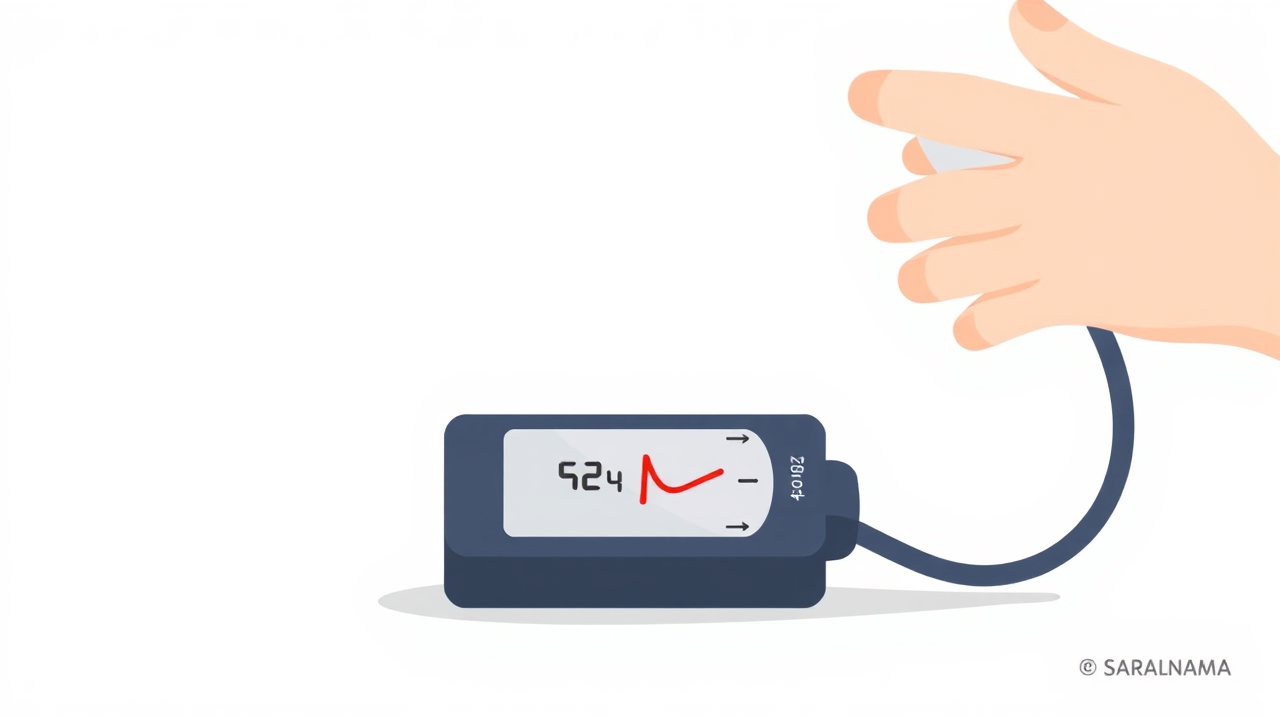A 26-year-old with a blood pressure reading of 150/100 mmHg may understandably feel concerned. This reading is elevated, but a single measurement does not confirm hypertension. Medical experts emphasize the importance of thorough assessment before starting lifetime medication. Validating the diagnosis through consistent monitoring is the first step. High blood pressure in young adults is problematic because it silently damages the heart, arteries, kidneys, and increases stroke risk over time. Since symptoms are often absent, many people ignore it until complications arise. For someone in their 20s, doctors also investigate secondary causes such as kidney disease, hormonal issues, or medication effects. Not everyone with elevated readings requires medicines immediately. Lifestyle modifications can significantly help, especially if the elevation is slight to moderate. Early intervention through monitoring, testing, and healthy habits is key to preventing long-term health issues.

Steps to Take for Elevated Blood Pressure in Your 20s
If you have a reading of 150/100 mmHg, repeat measurements consistently for a week at the same time each day using a reliable machine. Avoid measuring immediately after consuming coffee, smoking, or exercising, as these can falsely elevate results. If readings regularly stay above 140/90, it indicates hypertension. Schedule basic tests including blood sugar, cholesterol, and kidney function. Consult a doctor to rule out secondary causes, which are more common in younger individuals. Start lifestyle changes immediately, including reducing salt intake, avoiding processed foods, exercising at least 30 minutes daily five days weekly, maintaining healthy weight, limiting alcohol, and managing stress through meditation or yoga.
Source: Link
